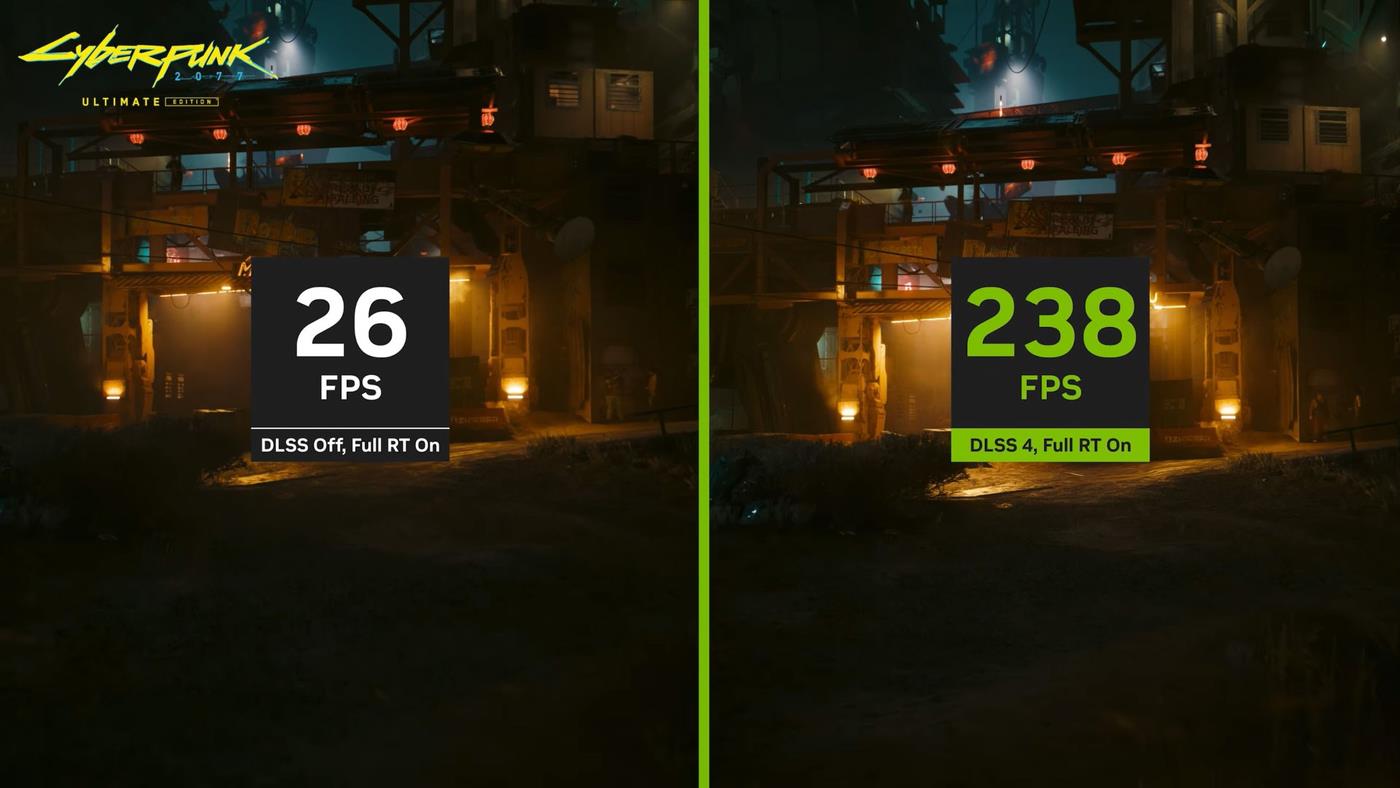Nvidia, Blackwell It recently introduced the new RTX 50 series graphics cards equipped with its architecture and DLSS 4 at CES 2025. CEO of the company Jensen HuangWhile explaining how DLSS 4 works, this technology “able to predict the future” He stated that it increased performance thanks to artificial intelligence. These explanations help us better understand how DLSS 4 differs from previous generation technologies and how it will contribute to the gaming experience.
DLSS 4 sees the future
This new system produces new frames by taking advantage of previous frames, motion vectors and other data. Thus, the aim is to provide games with a more fluid visual experience. However, this innovation brings with it a significant change on the hardware side. Blackwell architecture requires special hardware to support this technology and therefore DLSS 4 only available with RTX 50 series cards will be.
High frame throughput and latency issues
More performance with less memory… I wonder?
DLSS 4 is not just limited to frame generation. NvidiaRTX Neural MaterialsIt also has a new feature called “. This feature can seriously reduce memory usage by compressing material data. For example, while a standard material requires 48 MB of memory, with this new technology the same material uses only 16 MB of memory. However, this feature is only available for the new generation It will be supported by RTX GPUs. Jensen Huang stated that this technology requires a special integration by the developers who create the content. Therefore, just having the card is not enough. low memory amount is still a problem.
Despite these efficiencies, DLSS 4 still requires the GPU to run five AI models across Super Resolution, Ray Reconstruction, and Multi-Frame Generation in milliseconds. To address this challenge, Nvidia’s RTX 50 Series GPUs feature 5th Gen Tensor cores with up to 2.5x more AI processing power.
DLSS 4 also features a new hardware technology called Flip Metering. Thanks to the Blackwell architecture, this feature eliminates CPU-based timing errors by shifting frame timing to the display engine. In this way, a more consistent frame rate is achieved in games.
The Blackwell display engine also doubles pixel processing capacity, resulting in sharper visuals when gaming at higher resolutions and refresh rates.
Naturally, DLSS 4 will only be available on RTX 50 Series graphics cards. The desktop models of these graphics cards, RTX 5090 and RTX 5080, will go on sale on January 30. RTX 5070 Ti and RTX 5070 models will be released in February.
Source
https://www.tomshardware.com/pc-components/gpus/jensen-says-dlss-4-predicts-the-future-to-increase-framerates-without-introducing-latency
https://www.digitaltrends.com/computing/nvidia-dlss-4-announcement/
This news our mobile application Download using
You can read it whenever you want (even offline):
Source link: https://www.donanimhaber.com/nvidia-ceo-su-dlss-4-gelecegi-tahmin-ediyor–186303


